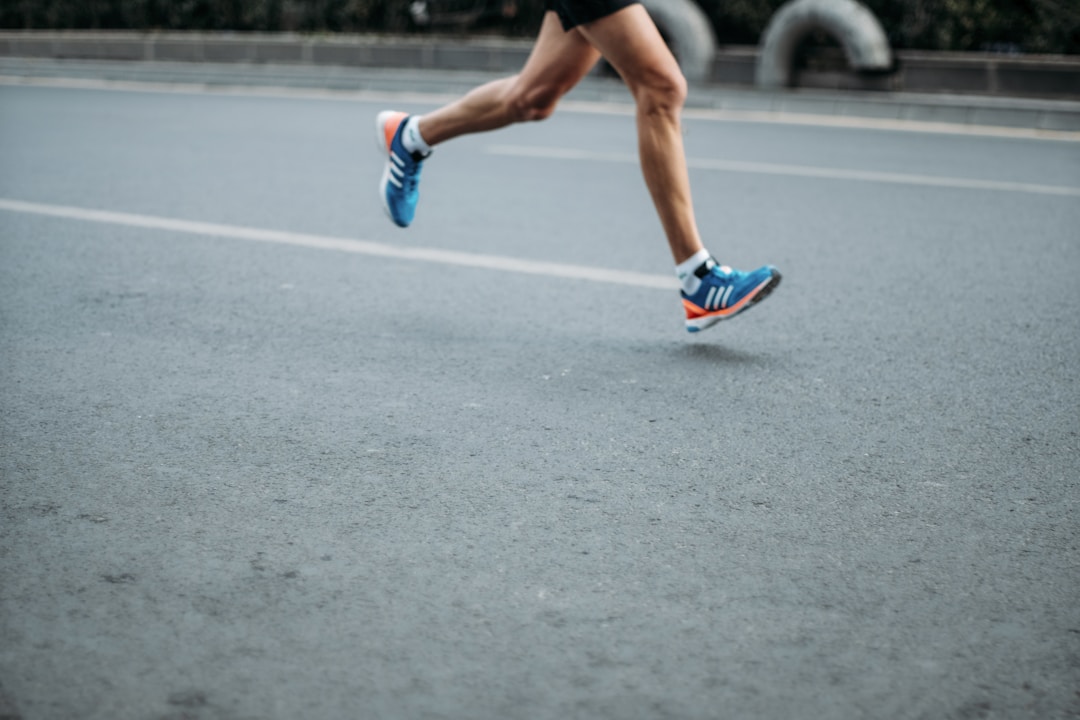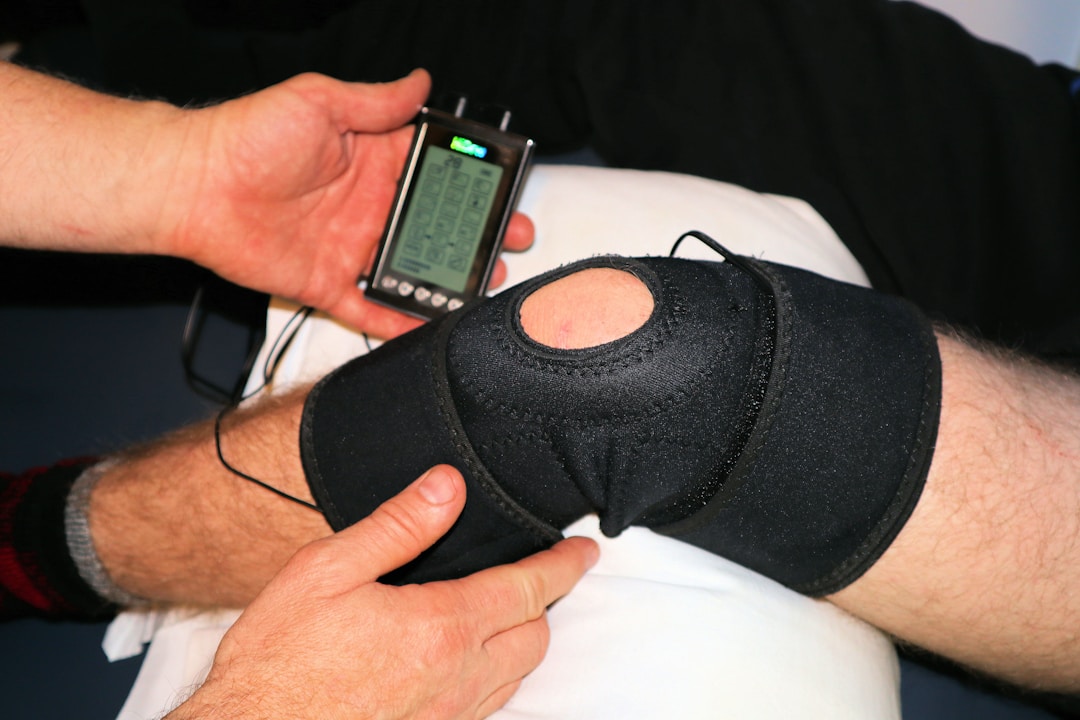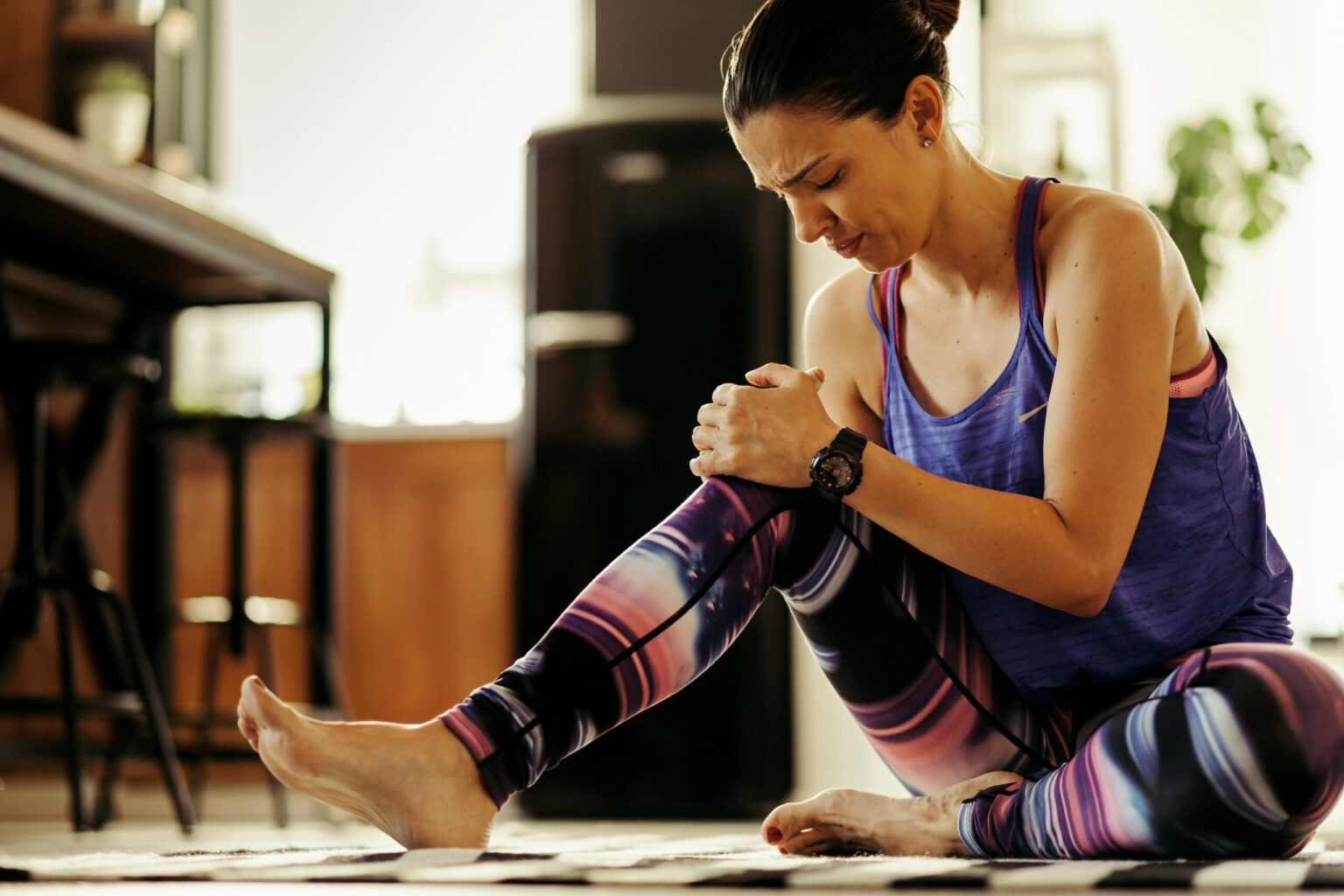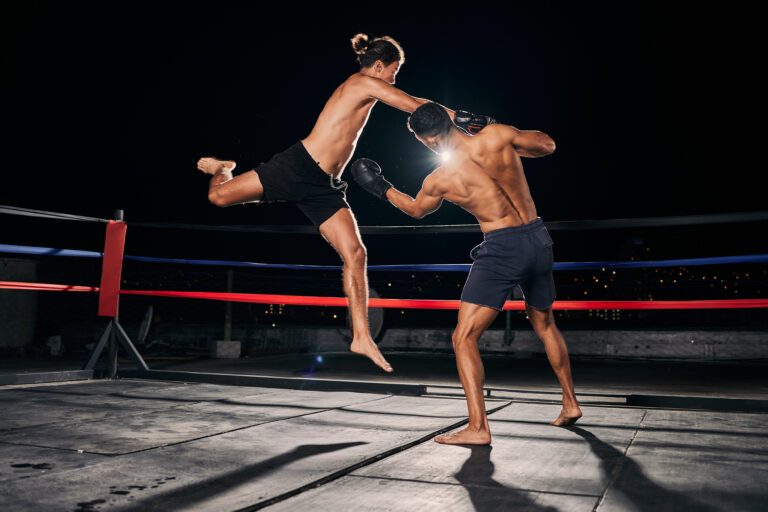Common Injuries in Athletics and How To Treat Them
Athletes, both professional and amateur, are prone to suffering from a good range of injuries due to the physical stress they exert on their bodies. Few things can be as frustrating to an athlete as being sidelined due to an injury. Understanding common sports injuries, their causes, how to treat them, and prevention gives athletes the tools they need to maintain their physical health. Keep reading to learn more.
Understanding Common Injuries in Athletics

While athletes can suffer from a broad spectrum of injuries, certain types are more prevalent. Injuries like sprains, strains, and stress fractures often occur because of overuse or poor form during activities. Sprains are injuries to ligaments, while strains affect muscles or tendons. Stress fractures are tiny cracks in a bone. A more serious common sports injury is a tear of the anterior cruciate ligament (ACL). This knee injury can occur when an athlete changes direction rapidly or lands from a jump incorrectly.
You need to consult sports healthcare professionals for advice and treatment. For example, a sports medicine institute can provide comprehensive care for athletes. They offer a wide range of services that can assist in the diagnosis, treatment, and prevention of future injuries. With physical therapy and rehabilitation, you can get back to your regular activities as quickly as possible and minimize the likelihood of complications. This can be useful for active individuals, recreational athletes, and professionals who need to return to work.
Another common sports injury is a concussion, a mild traumatic brain injury usually resulting from a blow to the head. Understanding these injuries helps in their prompt recognition and treatment. It also aids in formulating injury prevention strategies. By learning about the various sports injuries, athletes can take active steps to stay healthier and maintain their performance.
Assessing and Identifying Injuries in Athletes

Identifying a sports injury starts with paying close attention to the body and noting any pain or discomfort. Pain can indicate an underlying injury that needs assessment. Athletes should avoid dismissing pain as just a by-product of intense physical activity. Detailed physical examinations are another vital part of sports injury identification. Healthcare providers skilled in sports medicine can diagnose an injury using various tests. They can also determine the severity of the injury to prescribe the best treatment plan.
Some injuries might require imaging tests like X-rays, MRI, or CT scans for a more detailed view. These tests can detect fractures, sprains, strains, and spinal cord injuries. Early identification and proper understanding of the nature of these injuries can significantly enhance the treatment process. Other methods of injury assessment include strength tests, stability tests, and range of motion tests. The results of these methods guide healthcare professionals in recommending future actions.
Planning and Implementation of Effective Treatment
After injury identification, the next step is the planning and implementation of effective treatment. The course of treatment depends largely on the type and severity of the injury. Some injuries respond well to simple home remedies, while others may require more extensive interventions. A more conservative treatment approach starts with principles known as RICE – Rest, Ice, Compression, and Elevation. Non-prescription medications, like nonsteroidal anti-inflammatory drugs, are used to manage pain and inflammation.
Severe sports injuries such as fractures, broken bones, or torn ligaments may necessitate surgical intervention. Therefore, it’s essential for any treatment plan to be flexible and adaptable based on the patient’s progress and the nature of the injury. Rehabilitation programs are an aspect of treatment. They restore strength and movement to the injured area and promote a safer return to sports.
Rehabilitation and Therapy for Injured Athletes

Rehabilitation plays a pivotal role in recovering from a sports injury. The aim is to restore athletes to their pre-injury condition with tailored exercise programs focusing on strength, flexibility, and balance. Physical therapy is an integral part of this process. It often involves a combination of exercises to improve strength and flexibility, manual therapy, and education about recovery and prevention of re-injury.
Occupational therapy can also play a part in recovery, helping athletes return to their normal daily activities, including sports. Additionally, many athletes may find chiropractic care beneficial to manage pain and restore function. The length of rehabilitation and the exact therapies used vary depending on the injury severity, individual recovery rates, and the specific demands of the athlete’s sports.
As you can see through this blog, understanding, identifying, treating, and preventing common sports injuries are crucial elements of an athlete’s health and success. With knowledge, professional care, suitable treatment, and prevention strategies, athletes can enjoy their sport and have a reduced risk of injury. Follow our tips and you can trust that you’re taking the best possible care of yourself as an athlete.




